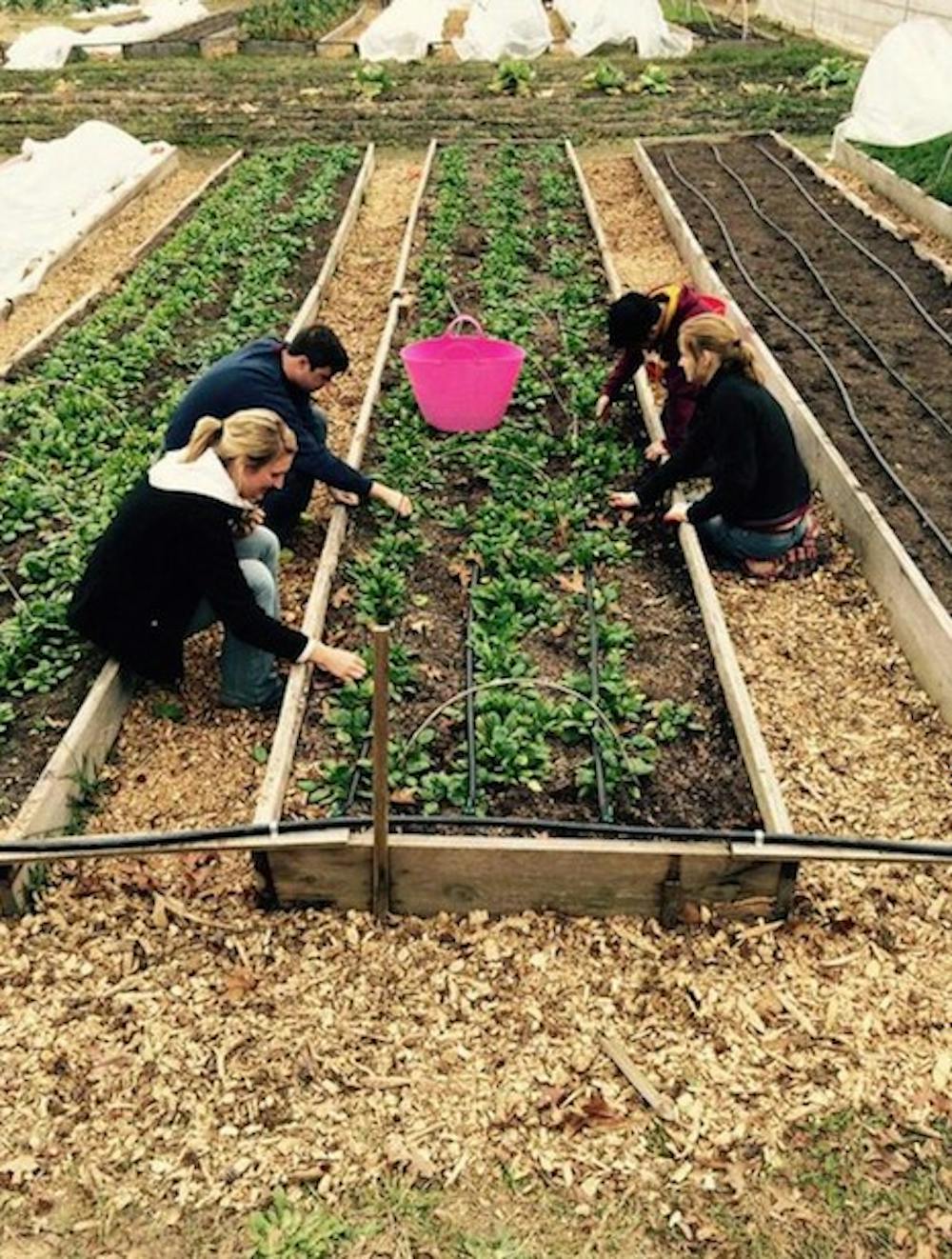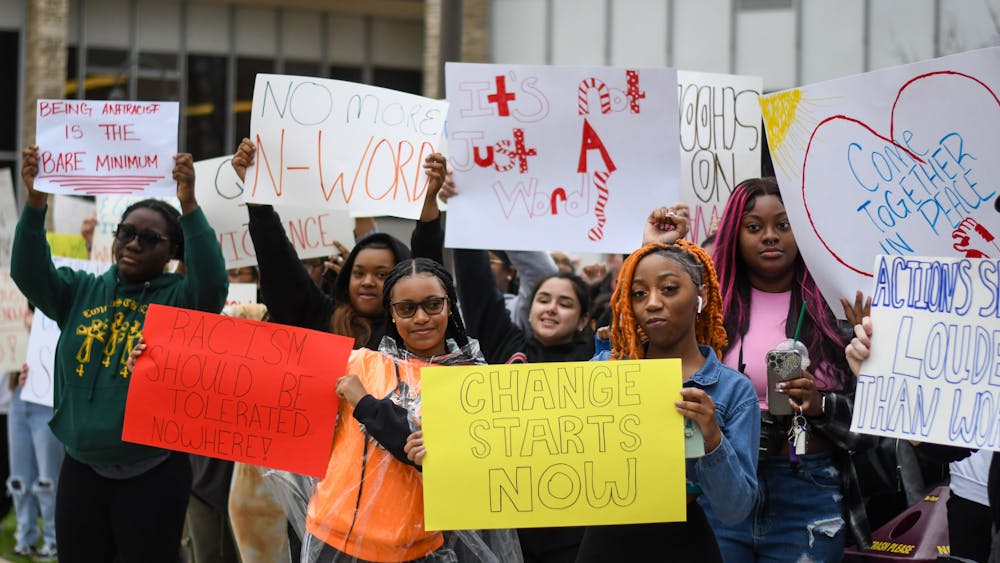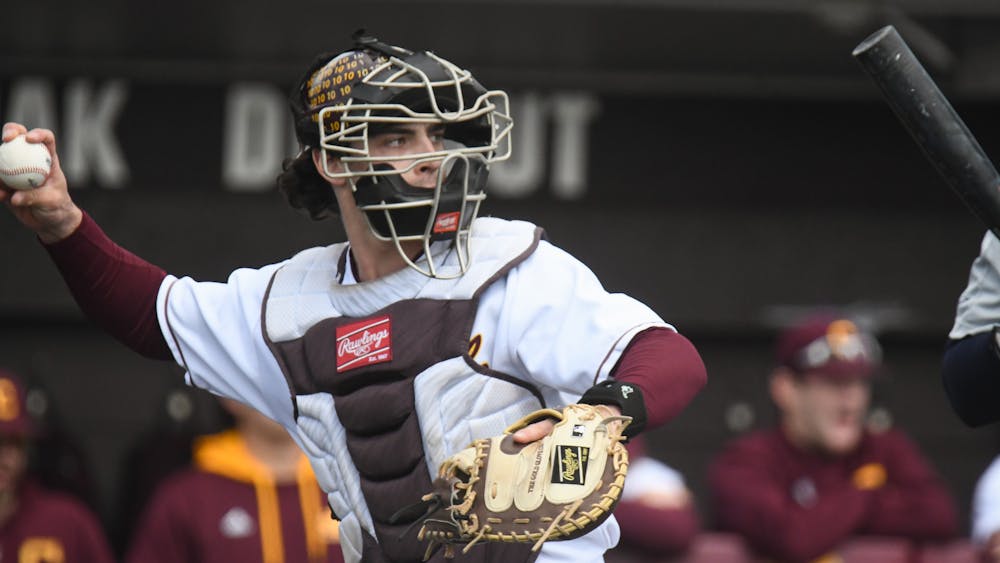Service learning pairs student experience with community needs

Students participate in “Food Justice” which is an alternative break that ensures nutritional food accessibility to communities.
From providing access to healthcare in Belize to developing a social media presence for a rotating homeless shelter, students impact communities across the world.
According to CMU Service-Learning Coordinator Travus Burton, academic service-learning projects begin with genuine community need. Projects are completed within the context of a course, meaning service meets community need and class objectives.
“Wherever there’s a need, there’s a potential for service to be provided,” Burton said. “We don’t want to take work from professionals and we don’t want to put students in the position where they’re not really serving a need either. Finding the right fit can be a fine line.”
Burton said he wants to ensure students serve a genuine need to truly assist the community they work in.
Students apply their course experience in service. Interior design and art education students worked to renovate a library; a social media class provided social media services to a rotating homeless shelter, while a human resources class trained volunteers and public relations students created promotional plans.
“The best (projects) are community development projects: things that may not be there yet or may be new developments to the community,” Burton said. “No one else is doing this. Your service is absolutely needed.”
When developing projects, Burton either talks to faculty members about what they want to do and finds a community partner or talks to a community partner and finds a faculty member who could teach a course to help meet their need. Faculty members can apply for the service-learning SL course designator, though many courses without this designator have service-learning components.
Burton said the projects teach students about more than just their field of study. Collaboration through service-learning is powerful, Burton said, because people have different skills which can address the complexities of an issue in different ways.
“If you really think about it in the larger scope, there are not many societal problems or issues that are solved by one discipline,” Burton said. “The world doesn’t really work in terms of one discipline; that’s just a neat way we’ve been able to categorize knowledge for our own benefit. It doesn’t reflect the needs in the world that need to be addressed.”
He said service-learning allows students to apply skills they’ve learned in class to a real-world issue that might not have an ideal solution.
Newaygo junior Mary Ann Franks has done service work in Oaxaca and Honduras and will be going to the Dominican Republic this summer. She said it’s a completely different experience from sitting in class and reading a book.
“It’s very hands-on,” she said. “You get to go there and see it.”
Amber Schneider, assistant director of Study Abroad, said students are sent to Oaxaca every summer to maintain a longstanding relationship.
“We have a really continued presence where we’re always going back and contributing, really making sure we’re not just going in for a minute and leaving,” Schneider said.
Holt junior Amanda Viges went on the Oxaca trip. She said when they first arrived, everyone was worried about lice children in the orphanages had. As the trip continued, Viges learned people shouldn't let their initial judgements get in the way of experiencing and learning. As they got to know the children, Viges said they realized that getting lice wouldn't be the end of the world.
"I have a whole new respect and appreciation for Mexican culture," Viges said.
Viges said she loves music, so when they first arrived, she sang a simple song she knew in Spanish to break the language barrier, and making music became a tradition during the trip.
Megan Doerr, Study Aboard faculty-led program coordinator, Doerr said a faculty-led program in Belize provides rural medical clinics to people. Patients are waiting in line when the students arrive because that might be their only access to healthcare that year.
"Some of them I talked to, they don't have the money to buy medicine," said Kalamazoo senior Blade Rohloff. "They don't have the capability of going to a doctor every time they're sick."
He said it's strange to think some people would have to travel across the country to have surgery or see a doctor.
When Doerr went to Belize with students, she said students realized they needed to understand the culture to truly serve there.
“These students were able to come to the realization that you can’t just walk into an area and think you see a need and serve and be able to fulfill that need,” Doerr said. “They were able to see that you really need to work within the culture, within the local community, to serve a need.”
Though some service projects are not long term on the surface, the projects can help students continue to do service work in the future.
“I think this helps create the next generation of engaged citizens,” said Erica Johnson, assistant director of the Mary Ellen Brandell Volunteer Center. “We’re helping our community now, but we’re also helping our future communities by helping people become engaged alumni and citizens.”
The Volunteer Center works with community partners to determine need then recruits students to address those needs.
The Office of Study Abroad also coordinates with people in the location to determine need.
“(CMU faculty) are always working with someone on the group there, so an organization, a hospital, or a school in the area and those people who are actually on the ground living there are going to determine what the need is,” Doerr said.




